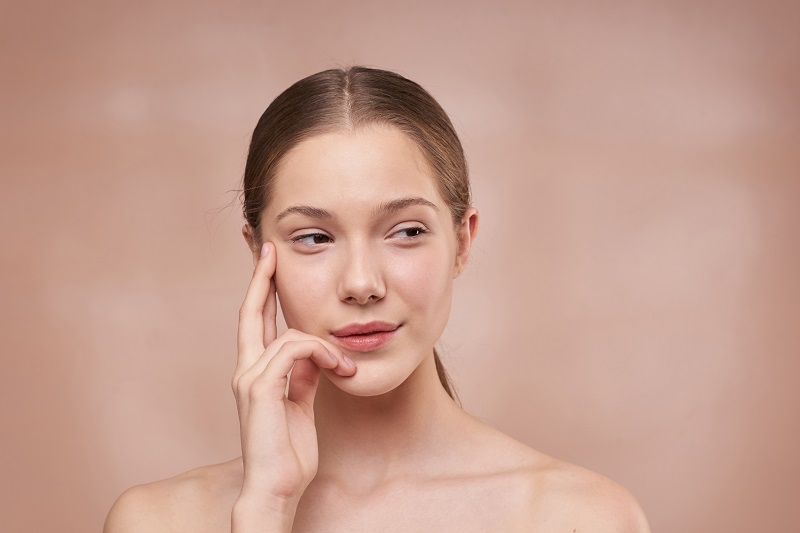Microneedling is a minimally invasive procedure that promotes the production of collagen and proteins within the skin to renew its structure, elasticity, and youth. This treatment uses the body’s amazing ability to heal and improve itself, making it a natural, safe skincare solution. As you get older, you may begin to notice a change in your skin’s appearance and texture, especially on your face. Though many people look to over-the-counter cosmetic products to help them regain their youthful complexion, we would like to offer you a different solution: microneedling.
What is Microneedling?
Microneedling is a minimally invasive procedure that takes advantage of the body’s natural healing process to improve skin texture, reduce signs of aging, diminish scars and blemishes, and restore vitality to your skin.
Microneedling provides a variety of benefits:
- Smoothes fine lines and wrinkles
- Lifts and tightens skin
- Improves appearances of acne, scars, blemishes, and stretch marks
Microneedling can also be combined with other treatments such as PRP (Platelet-Rich Plasma Therapy) to treat conditions such as rosacea, hair loss and more. It can be used on almost any part of the body including the neck, face, chest, arms, legs, hands, back, and abdomen.
The best part about microneedling is that it is safe and effective for all skin types and skin tones!
How does Microneedling work?
By using a pen-like device, tiny precise micro-injuries are made into the skin and trigger the body’s self-repair process. These micro-injures are controlled and set at specific depths determined by the patient’s goal for the treatment. The body responds to the micro-injuries by beginning its healing process to repair the skin’s appearance by producing collagen and proteins that will rejuvenate the patient’s appearance.
What can you expect during the procedure?
On the day of your procedure, you will want to arrive with a makeup-free and clean face. Do not take any retinoids or blood-thinning medication at least 48 hours before your appointment.
Prior to the procedure, a cleanser will be used on your skin to ensure an effective treatment. Based on your needs, a topical anesthetic may be used for your comfort. A gentle serum may be applied to the area to help the device glide smoothly across your skin. A light tingling sensation may be felt during treatment. Some patients experience slight bleeding during treatment, but no significant pain or discomfort is felt.
The length of the procedure can vary based on the size of the area being treated, but most last about an hour. Redness and swelling may occur following treatment.
Results
With microneedling, your body will heal naturally. This can cause your skin to become firmer and reduce fine lines, scars, pigmentation, and blemishes. Additionally, it can improve the tone and texture of your skin.
Though patients notice results following initial treatment, more sessions may be required depending on the patient’s goal. Annual touch-ups may also be needed to maintain consistency and longer-lasting results.
Common side effects include pigmentation loss or increase and the possibility of infection.
Aftercare
Here are some general rules for how to take care of your skin following treatment for optimal results:
- Do not pick at, itch, wash away, or exfoliate scabs as your skin heals
- Avoid makeup for the first 6 hours following treatment
- Sun exposure should be limited within the first 48 hours as your skin will be sensitive
- Swimming, strenuous activities, and exercise should be avoided during the first 24 hours following treatment.
Here at The Pearl Dermatology, we are proud to offer microneedling services to our clients. If you are interested in learning more about how microneedling can benefit you, contact The Pearl Dermatology today.





 We know that this upcoming school year will be different from the years before. Some are returning to classrooms with masks while others continue with virtual studies. Whatever the school year looks like for you, we are here for all your skincare needs and want to make sure you and your skin are happy and healthy.
We know that this upcoming school year will be different from the years before. Some are returning to classrooms with masks while others continue with virtual studies. Whatever the school year looks like for you, we are here for all your skincare needs and want to make sure you and your skin are happy and healthy.


